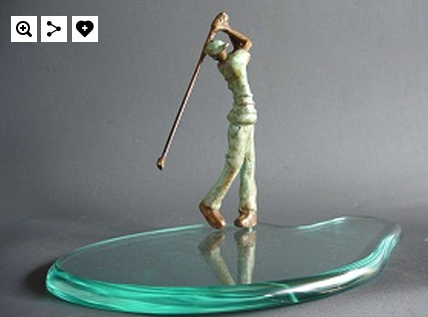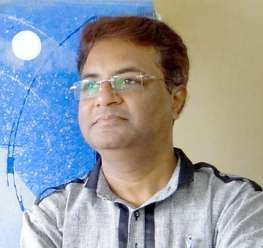
Since the dawn of civilization, sculptures with artful finishing have enchanted spectators through the decades. They may not conform to a tangible meaning in the way that other decor does, but these pleasing to the eye designs do something equally important: they motivate and accentuate your surroundings.
So have a look around your indoor and outdoor spaces. Is there any spot that appears as if something is missing? You can fill up those vacant spaces with a new piece of sculpture to produce an aesthetically pleasing ambience.
Do you ever wonder what all it takes to create such a captivating and marvelous piece of art? Like any other art admirer, I was inquisitive to know about the technique used by artists to create sculptures of different kinds. When I searched about different types of sculpture for sale online, I was literally amazed.
Artists have made use of stone, wood and ivory to create magnificent masterpieces. Whether it’s indoor or outdoor sculpture, you can see how artistically artisans have blended traditional styles with western innovative epitomes.
Through this post, let’s learn about how stone, wood and ivory sculpture is created by skilled artisans around the globe.
Stone carved sculpture: Stone is a material that is most commonly used to create monumental sculpture. It is quite easily available in bulk across the globe. It is highly resilient, weatherproof, and uniform in texture and hardness. And it has been the chief substance used for significant constructions with which most monumental sculpture is associated.
The techniques used for stone carving mainly depend on both the toughness of the stone and the quality of the metal tools used. For instance, Gothic sculpture was mainly carved in softer stones with metal chisels.
Before the development of cutting-edge and advanced tools, harder stones, like granite, were crushed with use of hammers and then rubbed down with emery. All stones, nevertheless, are heavy and lacking in malleable strength and thus buoy up an enormous and dense treatment without susceptible estimates or thin, easily fissured, supporting figures. The ankles of free-standing shapes, for instance, are given additional support.
Some sculptors have preferred to overpower instead of succumbing to the natural confinements of the stone. In direct stone carving, the main mass is first roughed out of the block, and the final detailing is done slowly but surely by moving from bigger containing figures to smaller contained ones. This methodical process levies a representative order on the design of direct stone carvings, while this order and related attributes are lost in indirect carving.
On the other hand, in indirect carving, the design is first created in clay. After that, the original model is cast in plaster and given up to a professional carver, who makes use of a pointing machine (a kind of 3D sketching machine) or imitating the design in stone.
For minimal carvings in hard stones like jade, rock crystal and agate which are more resilient than steel, do need special techniques are used including grinding, drilling, and abrading.
Wood carved sculpture: Because wood is affected by the changing weather conditions and is prone to attack by insects or fungi, it doesn’t sustain with the passage of time as well as stone. However, still this medium is used by many artisans extensively for creation of sculpture for sale and indoor decoration. For the creation of sculpture in tribal regions of Africa, Oceania, and North America, wood is the prime material used. Hardwood and softwood are carved with either gouges (a chisel-like tool) or adzes, which are sharp so as to cut through wood without breaking them.
Wood is a comparatively lighter substance with substantially tough strength along its grain. Therefore, it can be carved flexibly, with more estimations and reedier shapes than stone. It is also easily attached for creation of massive works or for forming extensions into space. For instance, the way the arms of a crucifix were formed.
Ivory sculpture: This type of sculpture is created from animal tooth or tusk such as elephant, mammoth, walrus, hippopotamus and narwhal. These are available only in comparatively small pieces. The tusks are either carved in compact form or divided into panels and carved into reliefs. Since it is impenetrable and unbreakable, ivory may be carved with great delicateness into small, intricate designs. Special tools that are used by artists mainly include saws, chisels, knives, rasps, and drills.
In few words:
For art lovers who are always on the lookout for home decor items showcasing India's rich culture, then sculpture will certainly leave you awestruck. From animal and nature motifs to the modern abstractions, you can find online a look to highlight any corner of your home. Explore sculpture on sale to give an ethnic twist.





















